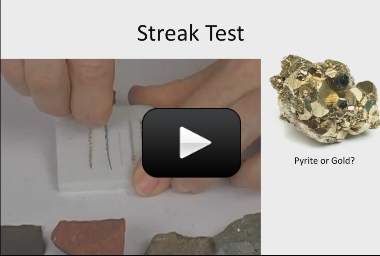Animals, plants and other living things look different, and contain many different kinds of cells, but when you get down to it, all of us are just a bunch of cells – and that makes cells pretty much the most important thing when it comes to life!
Molecules are the building blocks of matter. You’ve probably heard that before, right? But that does it mean? What does a molecule look like? How big are they? Let’s find out.
While you technically can measure the size of a molecule, despite the fact it’s usually too small to do even with a regular microscope, what you can’t do is see an image of the molecule itself. The reason has to do with the limits of nature and wavelengths of light, not because our technology isn’t there yet, or we’re not smart enough to figure it out. Scientists have to get creative about the ways they do about measuring something that isn’t possible to see with the eyes.
Here’s what you do:
Step 1: Place water in the pie pan and sprinkle in the chalk dust. You want a light, even coating on the surface.
Step 2: Place dish soap inside the medicine dropper and hold it up.
Step 3: Squeeze the medicine dropper carefully and slowly so that a single drop forms at the tip. Don’t let it fall!
Step 4: Hold the ruler up and measure the drop. Record this in your data sheet.
Step 5: Hold the tip of the dropper over the pie pan near the surface and let it drop onto the water near the center of the pie pan.
Step 6: Watch it carefully as it spreads out to be one molecule thick!
Step 7: Quickly measure and record the diameter of the layer of the detergent on your data sheet.
Step 8: Use equations for sphere and cylinder volume to determine the height (which we assume to be one molecule thick) of the soap when it’s spread out. That’s the approximate width of the molecule!
What you've done in this experiment is taken a small sphere of soap, and made it flatten itself out to a disk that is one molecule thick. The chalk dust is only there so that you can actually see this happening. When you let the drop hit the surface of the water, due to the structure of the molecules, they repel each other as much as possible. Because of this, we can easily measure the thickness of the soap disk on the surface. The total volume of the drop does not change during the experiment (the act of releasing the drop doesn't change how much soap is in the drop). So the volume of the spherical soap is the same as the volume.
Find the full Measuring the Size of a Molecule experiment
here.

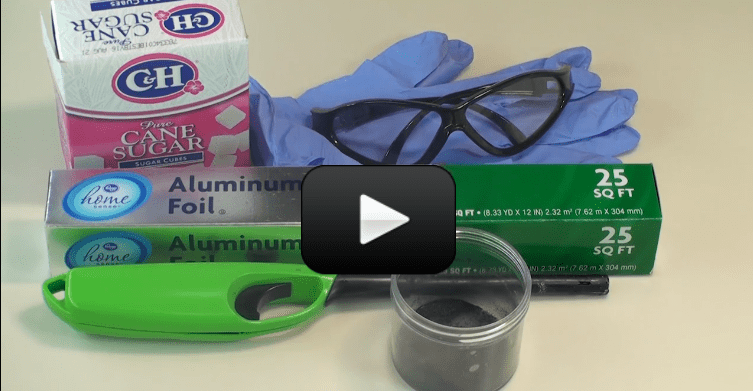
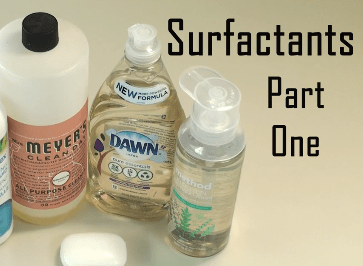
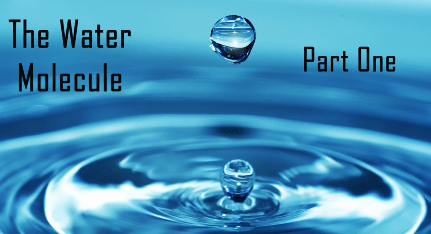
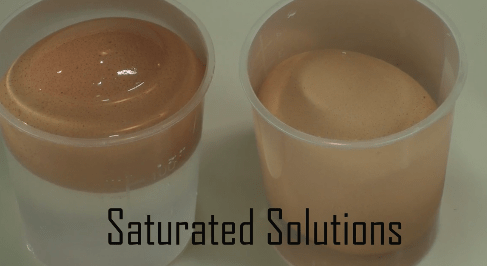
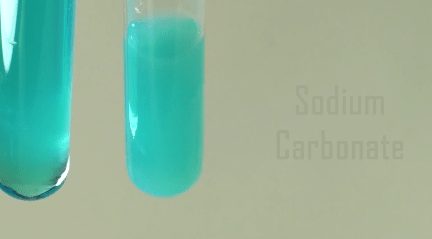
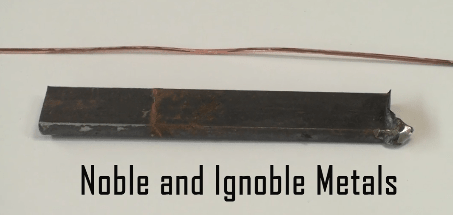
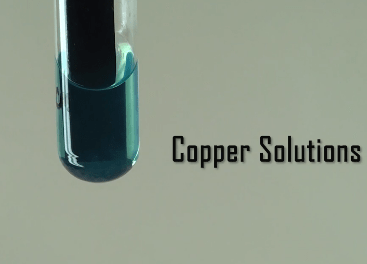

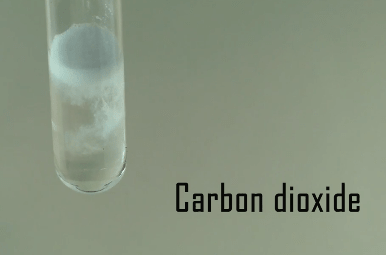
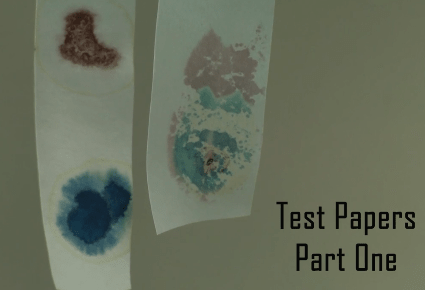
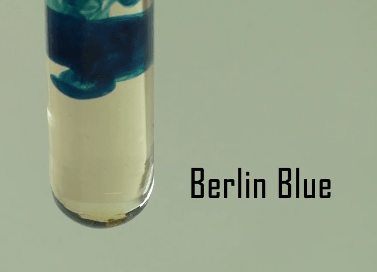
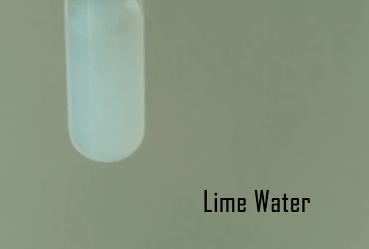
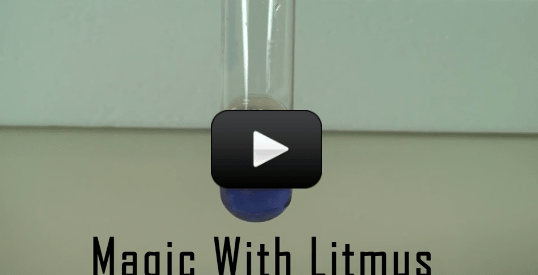



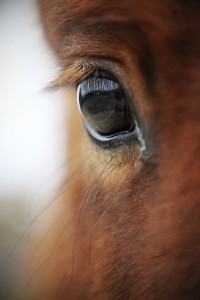
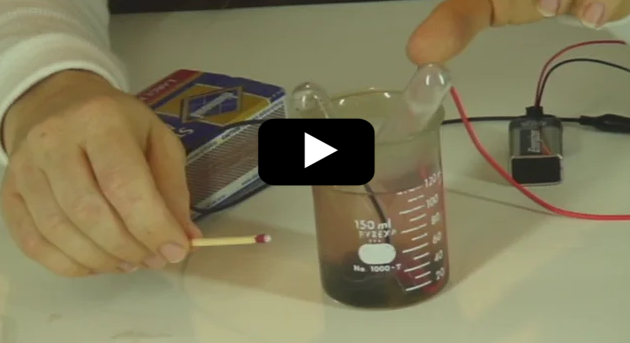
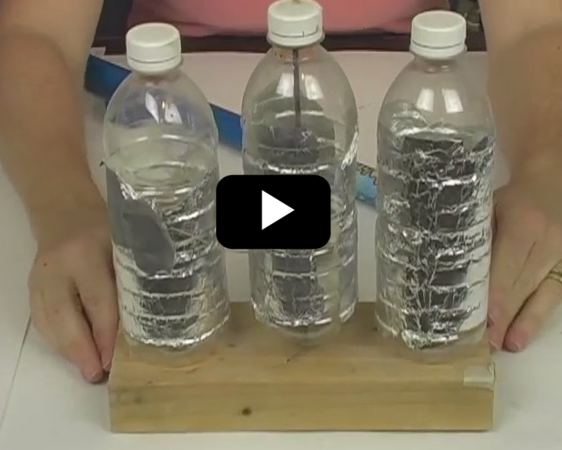
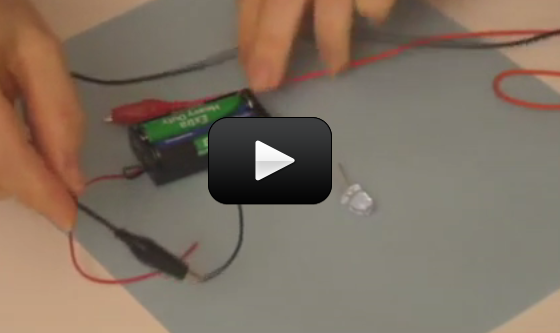
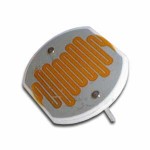
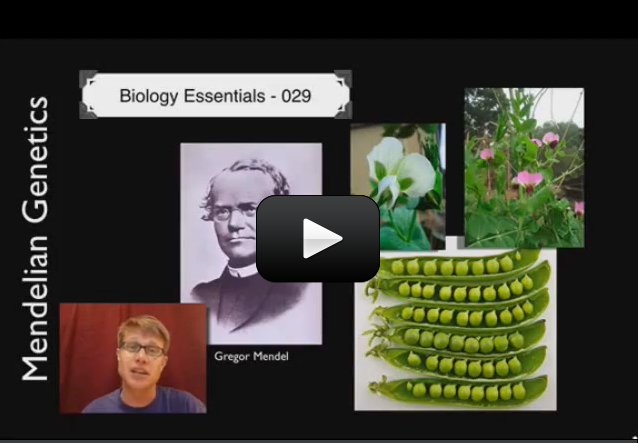
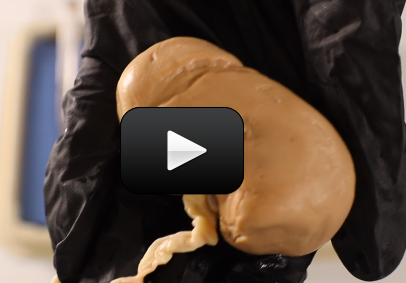
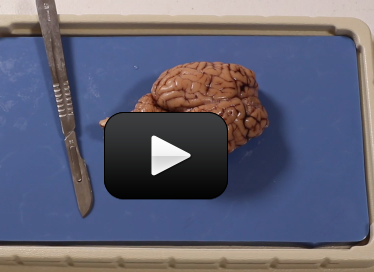
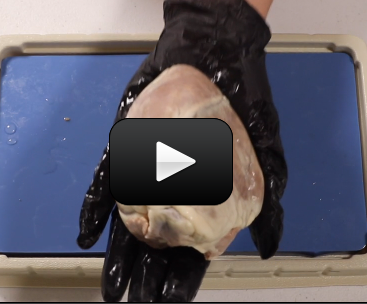
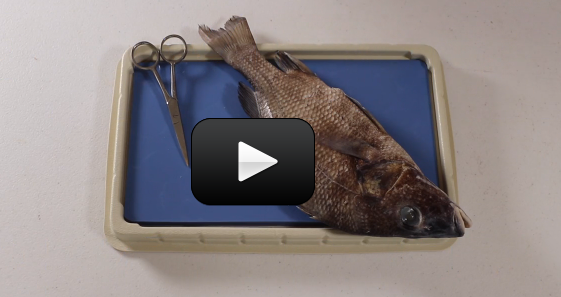
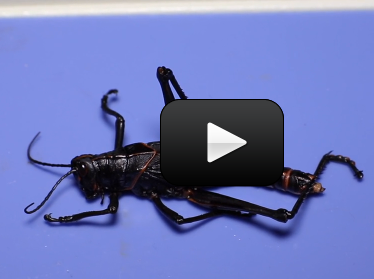
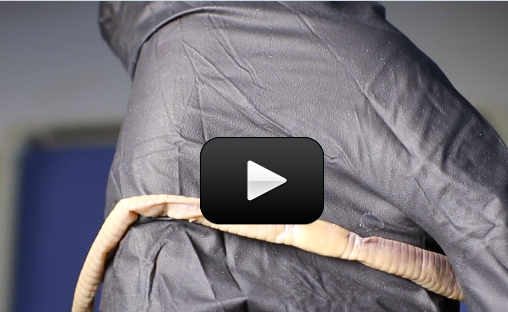
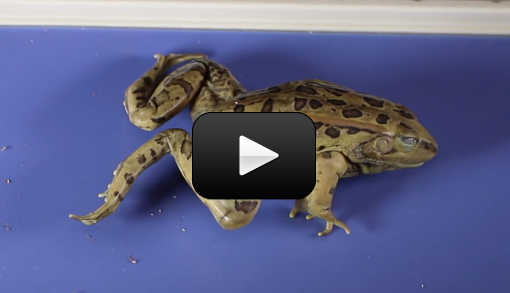
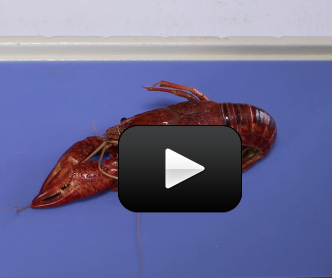
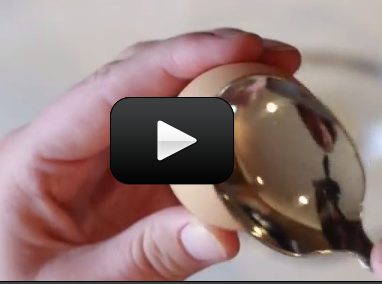
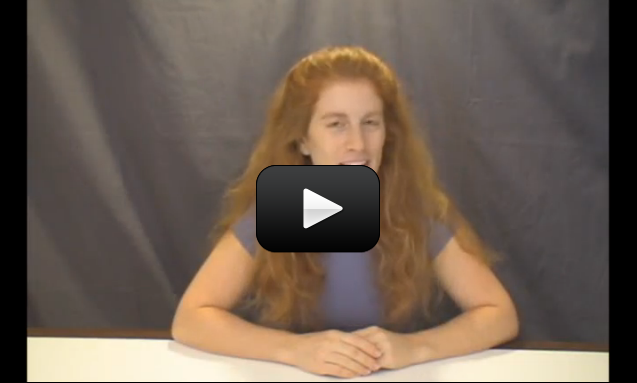
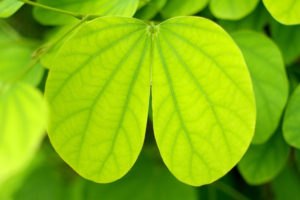 Here’s a neat experiment you can do to measure the rate of photosynthesis of a plant, and it’s super-simple and you probably have most of what you need to do it right now at home!
Here’s a neat experiment you can do to measure the rate of photosynthesis of a plant, and it’s super-simple and you probably have most of what you need to do it right now at home!